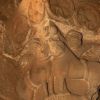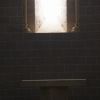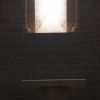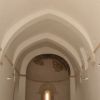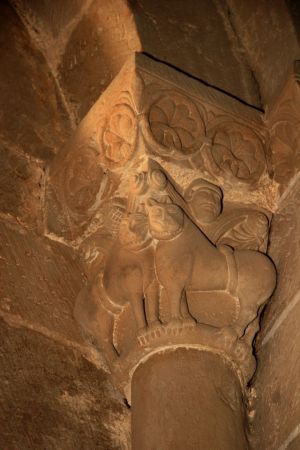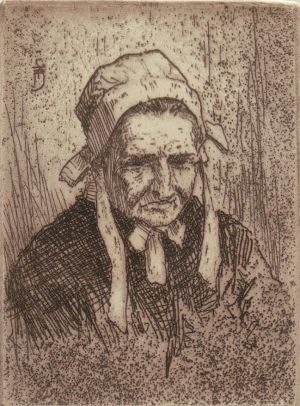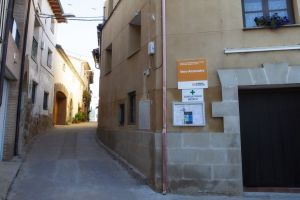Located on a rocky promontory next to the ruins of a castle, the old parish church of San Nicolas de Bari was constructed at the end of the 12th century in Alberuela de Laliena. Just at the point at which this Romanesque jewel was falling into ruin, it was renovated to its former splendour and symbolic richness.
The church’s east end is semi-circular on the inside but squared off on the outside. It has a rectangular nave that opens up into two chapels covered with pointed barrel vaults. It was subject to renovation at a later date, an example being the intersecting barrel vaults of different heights at the end of the nave. However, the interior space gives an impression of huge dimensions and harmony is derived from the pleasing balance of the proportions.
The pointed barrel vault that covers the nave is reinforced with arches, which end in cantilevers with sculpted decoration. These date from an era of more advanced architecture than the 12th century origins of the church.
At the height of the springers of the vaults, the facia boasts a chequered moulding that runs the length of the nave and the apse; here the vault displays decorative paintings from the 18th century.
In the apse there is one deep opening that reaches the interior. The arch features double edging outlined with a chequered moulding and the facia is decorated with floral inscriptions. The single window represents Christ, Lux Mundi and faces the east. This is where the sun rises every morning; the direction of the Garden of Eden and the Holy Land where Christ became man. It is also said to be the origins of the day of reckoning that will mark the end of time. In this way, the people of the Romanesque era entered the temple and symbolically passed from the darkness to the light, from earth to heaven.
The opening is bordered by beautiful columns and capitals sculpted with fantastic creatures and an armed knight, whose mission it was to guard the church.



